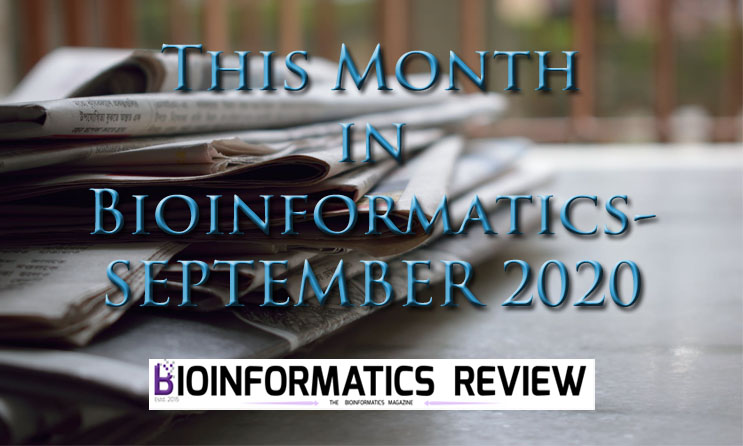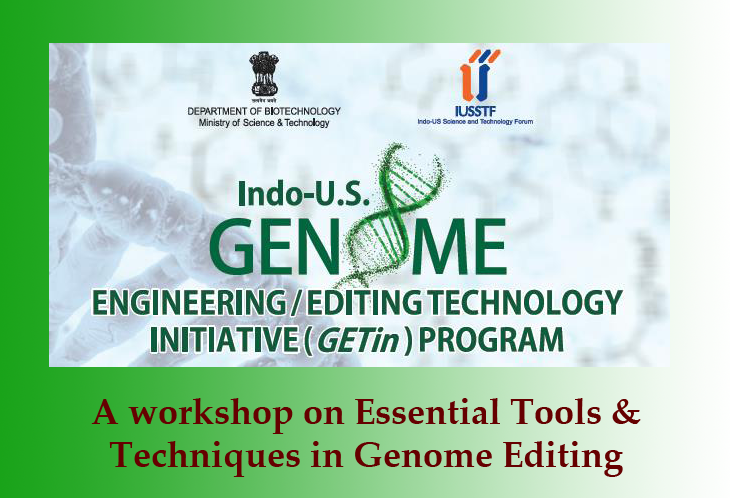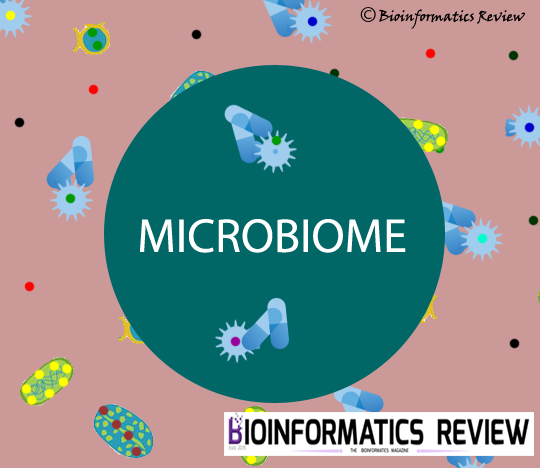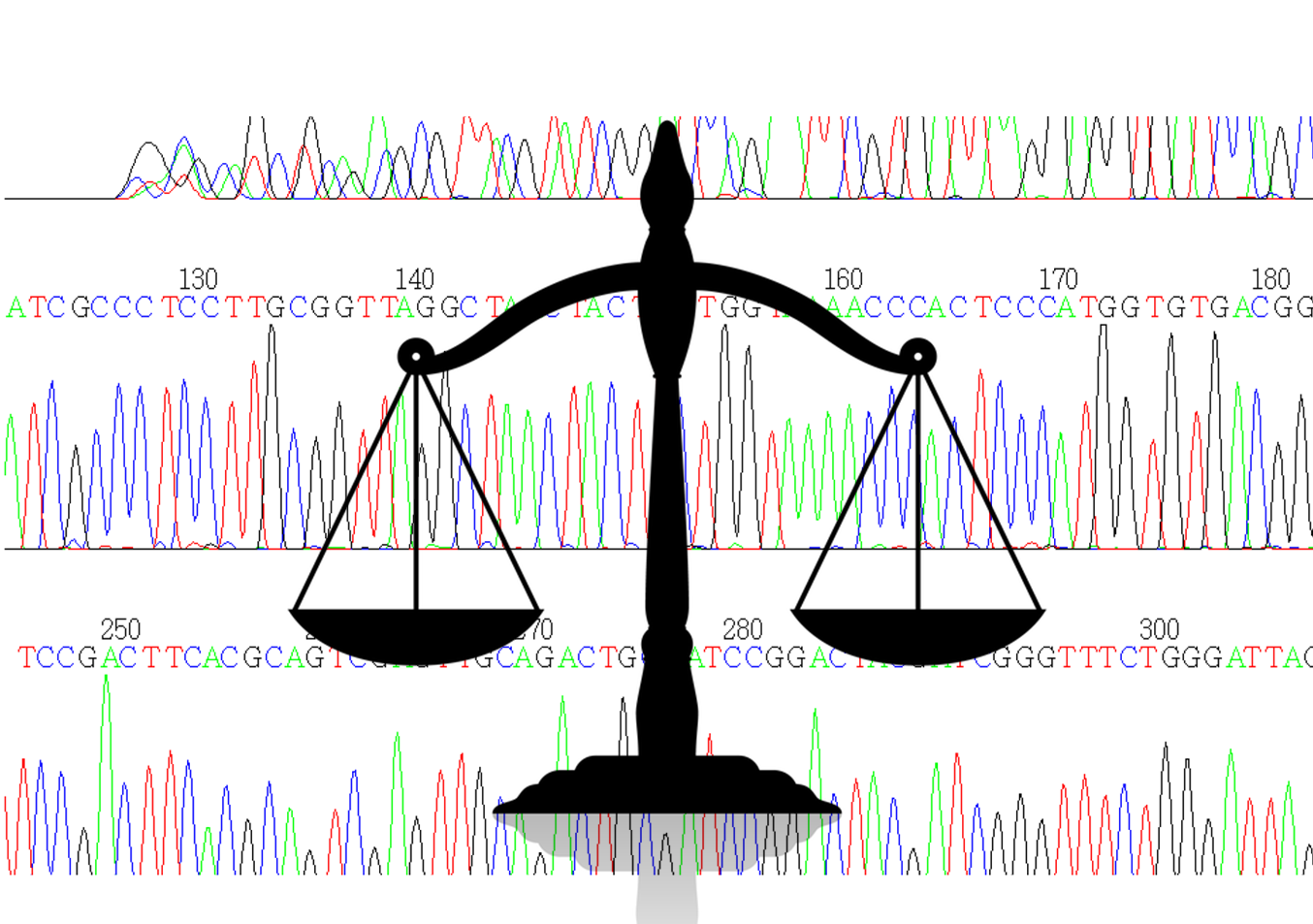Some of the important findings made this month in bioinformatics are mentioned in this article.
1. A novel universal primer pair for prokaryotes
A novel primer (Pro341FB) has been designed Planctomycetes phylum [1]. This primer is designed by making a minor modification in the previously known primer called Pro341F. This newly designed primer is more sensitive than the Pro341F primer. It has been validated by a 16 NGS survey on microbial communities from various wastewater treatment plants. It was found that this primer is capable of performing 5 folds in revealing more members of prokaryotes. For further information, read here.
2. New Tool for Ion Torrent Sequence Files Compression
The new software has been developed for efficient compression of Ion Torrent sequence files such as BAM files into CRAM files. This software is known as IonCRAM [2]. IonCRAM is a lossless reference-based compression tool. It is capable of compressing BAM files into archiving CRAM files such that it could save up to 43% of space. This is open-source software and is freely available at GitHub, CodeOcean, and http://ioncram.saudigenomeproject.com. For more information, read here and here.
3. New Program for Metagenomic Sequencing Data Analysis
MAIRA is a new software for taxonomic and functional analysis of long reads without requiring any external resource [3]. It can easily facilitate the execution of metagenomic analysis pipelines on a local computer. It is fast and allows users to perform several analyses in real-time including genus-level analysis and frame-shift alignment of DNA reads. The main advantage of this software is that it can be easily run on a laptop without any external source support, especially when we have to use workstations for large datasets. For further information, read here and here.
4. New database for Alzheimer’s disease
A new online database called AlzRiskMR has been developed for the impact of exposure factors on Alzheimer’s disease [4]. It is created by comprehensive analyses by two-sample Mendelian randomization (2SMR). AlzRiskMR is freely accessible on Github at the given URL: https://github.com/SDBMC/RiskFactors2AD. This database currently consists of 1870 sets of data of Genome-Wide Association Studies from the MR-Base and NHGRI-EBI GWAS Catalog database. For further information, read here.
5. New method for drug-drug interaction prediction
A novel method has been introduced to predict drug-drug interactions based on deep neural networks [5]. It predicts drug-drug interactions by extracting the network structure features of drugs from the drug-drug interaction network. The results have revealed that this method performs much better than the other methods of drug-drug interaction prediction. For further information, read here.
6. Drug-target interaction prediction using multi-label learning
DTI-MLCD is a community detection method based on multi-label classification for the prediction of drug-target interactions [6]. Chu et al., [6] has added 15,000 more positive drug-target interaction samples to the gold standard data set. The results show that DTI-MLCD outperforms other machine learning and other existing methods used for drug-target interaction prediction. For further information, read here.
References
- Mazzoli, L., Munz, G., Lotti, T., & Ramazzotti, M. (2020). A novel universal primer pair for prokaryotes with improved performances for anammox containing communities. Scientific Reports, 10(1), 1-7.
- Shokrof, M., Abouelhoda, M. IonCRAM: a reference-based compression tool for ion torrent sequence files. BMC Bioinformatics 21, 397 (2020).
- Albrecht, B., Bağcı, C., & Huson, D. H. (2020). MAIRA-real-time taxonomic and functional analysis of long reads on a laptop. BMC bioinformatics, 21(13), 1-12.
- Wang, Z., Meng, L., Liu, H., Shen, L., & Ji, H. F. (2020). AlzRiskMR database: an online database for the impact of exposure factors on Alzheimer’s disease. Briefings in Bioinformatics.
- Feng, Y. H., Zhang, S. W., & Shi, J. Y. (2020). DPDDI: a deep predictor for drug-drug interactions. BMC bioinformatics, 21(1), 1-15.
- Chu, Y., Shan, X., Chen, T., Jiang, M., Wang, Y., Wang, Q., … & Wei, D. Q. (2020). DTI-MLCD: predicting drug-target interactions using multi-label learning with community detection method. Briefings in Bioinformatics.





